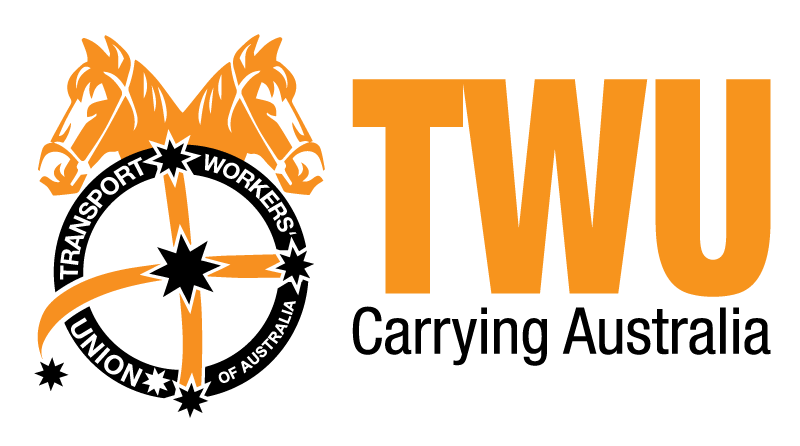Cleanaway’s pay and conditions attacks spark waste worker strikes in Australia
Highly profitable waste company Cleanaway is facing the prospect of protected industrial action at multiple sites across the country in coming weeks over pressure on workers to work longer, faster and over weekends while pay goes backwards.
Next Tuesday, NSW and ACT waste workers are due to take protected industrial action for 24-hours across City of Sydney, Randwick (residential waste), Canberra, Erskine Park (commercial waste), and Silverwater (hospital waste).
Workers are battling attempts to force workers to work weekends and longer shifts while losing entitlements like overtime rates, as well as pay disparity and job security concerns.
Recently, Cleanaway workers at multiple sites in Victoria and in Noosa, Queensland voted overwhelmingly for the right to strike in protected action ballots (PAB), while a live PAB in WA is due to close later today.
Cleanaway recently announced a $49 million half-year profit after tax. Cleanaway”s financial report also points to greater use of overtime and sub-contractors, highlighting threats to job security and the pressure on workers to work long hours while Cleanaway tries to cut access to overtime entitlements.
The TWU says Cleanaway”s major clients for residential and medical waste removal in local government areas, and wealthy clients for commercial waste must step up and ensure the workers they rely on have fair, safe and sustainable working conditions.
TWU NSW/Qld Secretary Richard Olsen said Tuesday”s protected industrial action across five depots in Sydney and Canberra shows Cleanaway”s conduct is hurting hundreds of hardworking families just trying to keep our streets clean and take care of their families.
“These workers perform a critical service for our communities, hospitals and businesses but they”re being treated horrifically by Cleanaway management.
“Waste worker shortages have put enormous pressure on workers to work faster and longer, while Cleanaway”s attempts to worsen conditions will only add to dangerous pressure on workers to rush and drive tired through suburban streets.
“Following four days of strike action at both City of Sydney and Erskine Park depots, workers have achieved some progress towards fairer agreements, but are still facing unfair and unsustainable attacks to their income and working hours.
“City of Sydney Lord Mayor Clover Moore has buried her head in the sand while other councillors have joined workers” calls for Cleanaway”s principal clients to intervene. It”s time for those with the ultimate power and influence – Cleanaway”s customers – to take responsibility for working conditions in the waste services they depend on,” he said.
The NSW safety regulator is investigating a workplace death at Cleanaway, Badgerys Creek, in which a worker was found “wedged between machinery” in February this year. Another driver was killed in 2022 when his Cleanaway truck rolled on the Stuart Highway.
This week, Cleanaway was issued an improvement notice by Comcare after the TWU reported an incident during protected industrial action at Erskine Park on 27 January in which a truck hit three people outside the depot.
This morning, Cleanaway is before the Fair Work Commission in an urgent matter brought by the TWU over the company”s attempt to rush through a worker vote on a substandard enterprise agreement from 6pm next Tuesday, closing 10 hours later at 4am.
Six people have died in crashes involving Cleanaway trucks in Australia since 2011, including two instances of brake failures.
Notes on Cleanaway”s conduct
- Last year, the Supreme Court found Cleanaway guilty on two health and safety breaches over a 2014 SA truck crash that killed two people, on the basis it had failed to adequately train and supervise the driver, who was also badly injured in the crash and had already been cleared of charges.
- The TWU has also filed a dispute in the Federal Court over Cleanaway breaching its obligations to provide information to workers and the Fair Work Commission for a protected action ballot, which delayed workers” accessing their rights.
- Last year the TWU successfully fought for the reinstatement of a delegate and elected worker bargaining representative who was unfairly sacked by the company.
- The Queensland Department of Environment and Science has laid 12 charges against Cleanaway for environmental offences carrying a maximum total penalty of $36.5 million. The matter is listed before the Ipswich Magistrates Court on 24 April 2023.
/Public Release. This material from the originating organization/author(s) might be of the point-in-time nature, and edited for clarity, style and length. Mirage.News does not take institutional positions or sides, and all views, positions, and conclusions expressed herein are solely those of the author(s).View in full here.

